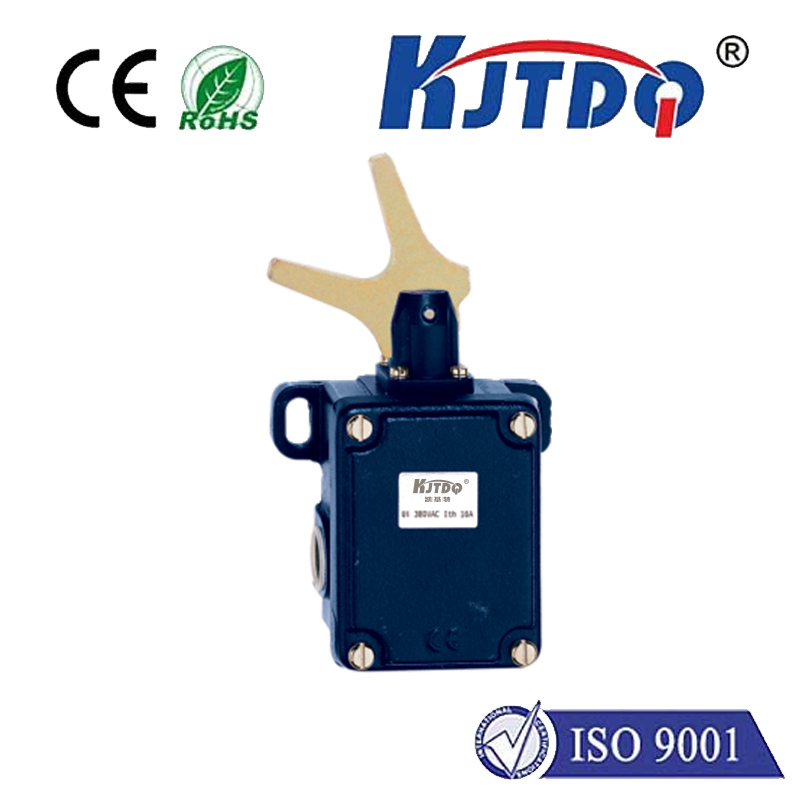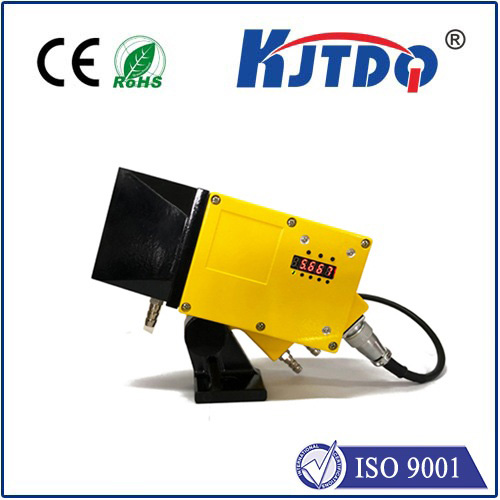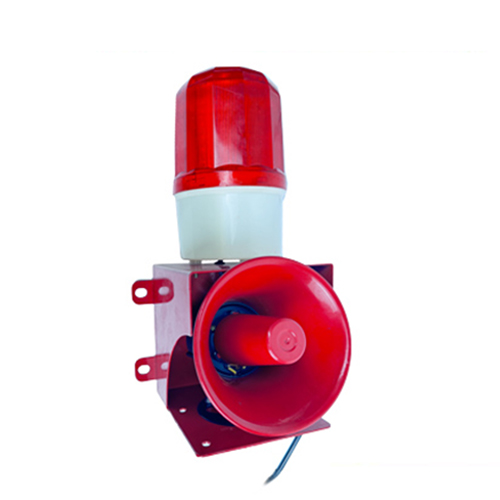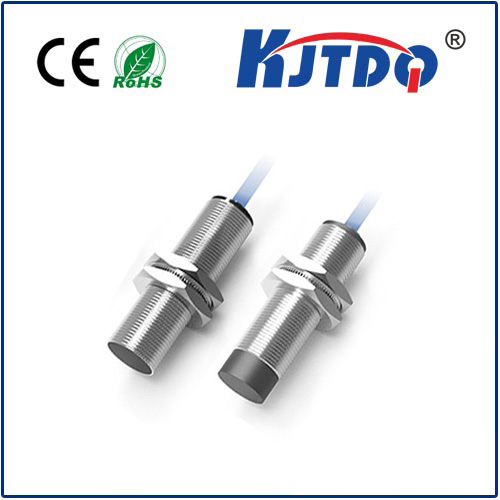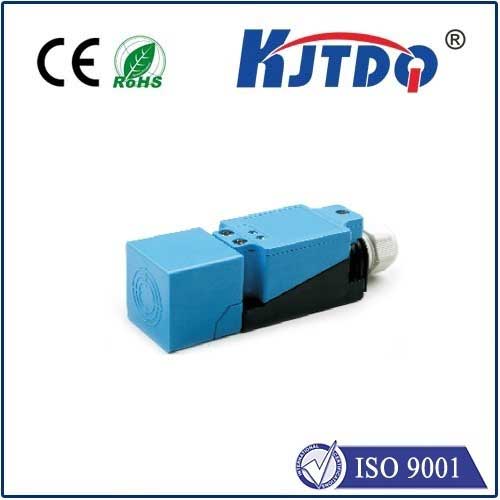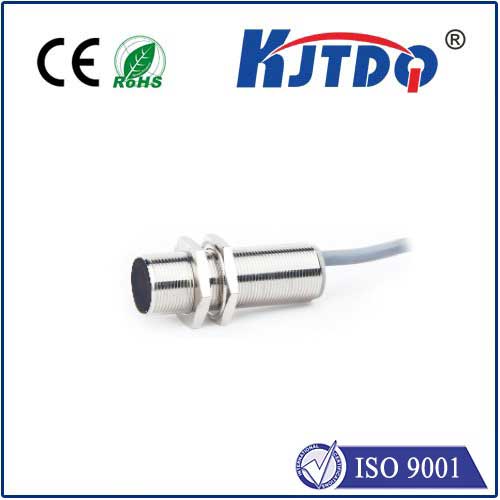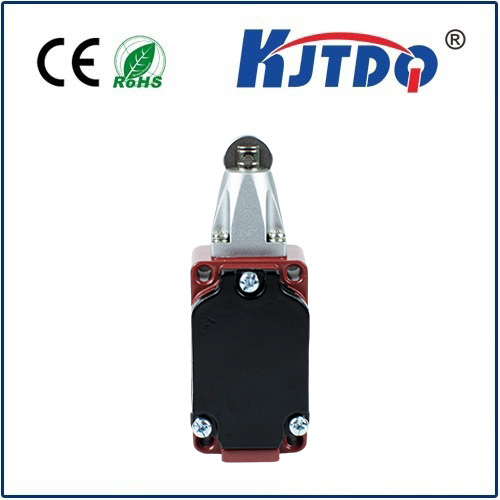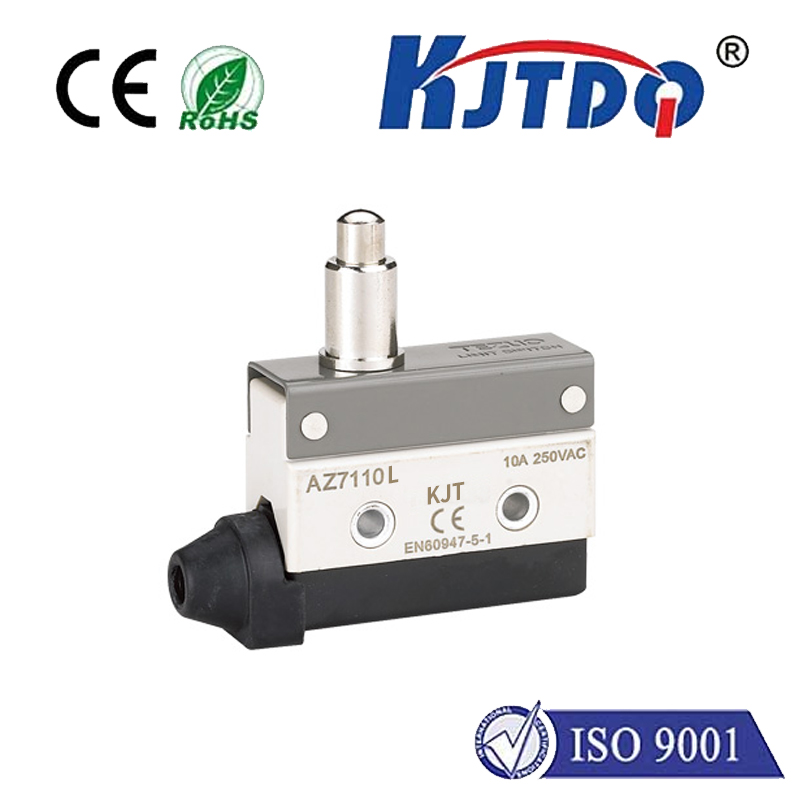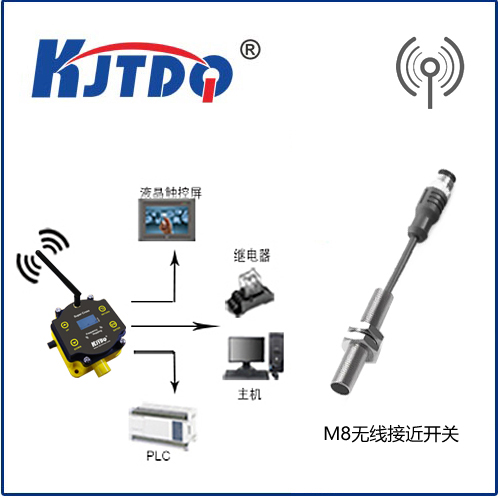Forget complicated recipes or expensive ingredients—one of the simplest yet most impactful upgrades to your culinary game might just be a small, often overlooked tool: the food temperature meter, more commonly known as a food thermometer. How many times have you anxiously poked a chicken breast, hoping it’s cooked through? Or sliced into a beautiful roast, only to find a disappointingly grey band instead of perfect pink? Or worse, nervously served guests wondering if everything was truly safe? The guesswork ends with a reliable food thermometer. This essential device isn’t just about precision; it’s about guaranteeing safety, unlocking consistently superior results, and building true confidence in the kitchen.

Beyond Sight and Touch: The Critical Role of Internal Temperature
Our senses are remarkable, but they are notoriously unreliable judges of food doneness. Color changes, texture, cooking time estimates, and even clear juices can be dangerously misleading indicators.
